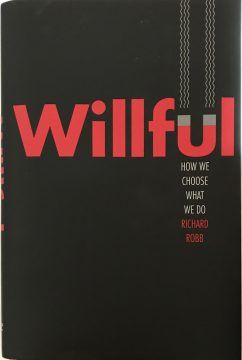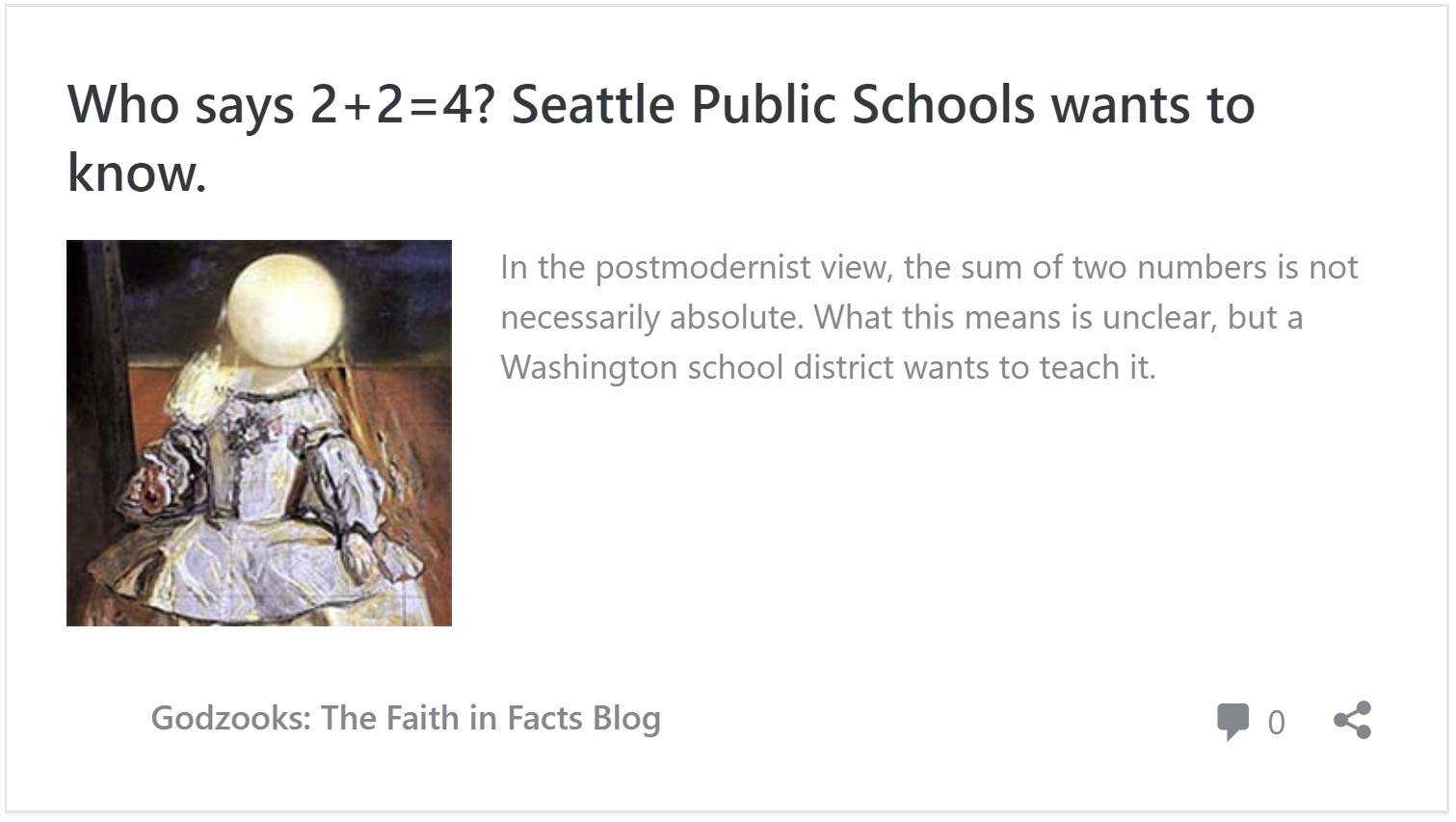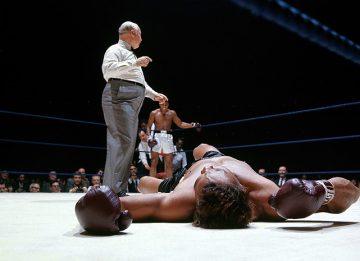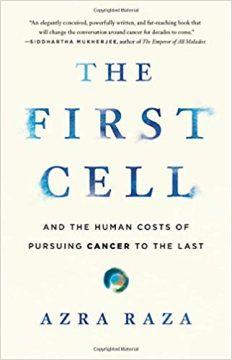by Akim Reinhardt
Stuck is a new weekly serial appearing at 3QD every Monday through early April. A table of contents can be found here.
Prologue: Full of Sound and Fury
 Last year we drove across the country. We had one cassette tape to listen to on the entire trip. I don’t remember what it was. —Steven Wright
Last year we drove across the country. We had one cassette tape to listen to on the entire trip. I don’t remember what it was. —Steven Wright
You sing it in the shower and in the car. You slap your thighs and lip sync at work. Eventually you try to ignore it, but on and on it goes. You often don’t remember when it began. Worst of all, you have no idea how to make it stop. Good, bad, or otherwise, the song has a hold on you, and there’s nothing you can do about it.
Then, poof! It’s gone.
You don’t know what you did. Probably nothing. Nor can you pinpoint a specific moment when the song slipped away, unnoticed. While it was here, there was no escaping it. But when you weren’t looking, it magically flittered away, like pixie dust losing its shimmer in the breeze; the spell has been broken and you are finally free.
I’m no different from other people, except when I am.
Left to its own devices, my mind will usually fill the blank spots with music. Walking down the street, cooking dinner, lazing around the house: most activities are accompanied by a random soundtrack in my head. Even while doing something that requires substantial concentration, such as writing this book for example, I usually hear music.
Simply put, music clings to me. All kinds, really. Any genre. Rock, blues, pop, folk, jazz, hip hop, classical, avante-garde, whatever. Things I like, things I don’t. A song I heard on the radio. The theme to a TV program. Something playing in the supermarket, or blaring out the window of someone else’s car, or honestly from lord knows where. From far and wide, it finds me and holds on tight. Pieces of songs, scraps of this and that, melodies and chords, beats and rhythms parade through my brain, one after the next, a vast array of sound, ever changing.
Until a something gets stuck. Some folks call it an “earworm.” Read more »


 Economics. The dismal science. All those numbers and graphs, formulas and derivations, tombstone-sized copies of Paul Samuelson and William Nordhaus’s Macroeconomics (now apparently in its 19th edition), and memories of the detritus that came with them: half-filled coffee cups and overfilled ashtrays, mechanical pencils and HP-45s.
Economics. The dismal science. All those numbers and graphs, formulas and derivations, tombstone-sized copies of Paul Samuelson and William Nordhaus’s Macroeconomics (now apparently in its 19th edition), and memories of the detritus that came with them: half-filled coffee cups and overfilled ashtrays, mechanical pencils and HP-45s.

 The opening lines to the French philosopher and mathematician René Descartes’ classic philosophical text, the
The opening lines to the French philosopher and mathematician René Descartes’ classic philosophical text, the  The blog post screams: “If you think 2 + 2 always equals 4, you’re a racist oppressor.”
The blog post screams: “If you think 2 + 2 always equals 4, you’re a racist oppressor.”


 “I don’t like Polish people,” he says, and raises an eyebrow suggesting “How could anybody, really?”
“I don’t like Polish people,” he says, and raises an eyebrow suggesting “How could anybody, really?”  are suitable to it. The computer is ontologically ambiguous. Can it think, or only calculate? Is it a brain or only a machine?
are suitable to it. The computer is ontologically ambiguous. Can it think, or only calculate? Is it a brain or only a machine?
 Last year we drove across the country. We had one cassette tape to listen to on the entire trip. I don’t remember what it was. —Steven Wright
Last year we drove across the country. We had one cassette tape to listen to on the entire trip. I don’t remember what it was. —Steven Wright As a development economist I am celebrating, along with my co-professionals, the award of the Nobel Prize this year to three of our best development economists, Abhijit Banerjee, Esther Duflo and Michael Kremer. Even though the brilliance of these three economists has illuminated a whole range of subjects in our discipline, invariably, the write-ups in the media have referred to their great service to the cause of tackling global poverty, with their experimental approach, particularly the use of Randomized Control Trial (RCT).
As a development economist I am celebrating, along with my co-professionals, the award of the Nobel Prize this year to three of our best development economists, Abhijit Banerjee, Esther Duflo and Michael Kremer. Even though the brilliance of these three economists has illuminated a whole range of subjects in our discipline, invariably, the write-ups in the media have referred to their great service to the cause of tackling global poverty, with their experimental approach, particularly the use of Randomized Control Trial (RCT).

 When I was a young attending surgeon on the faculty in the Division of Cardiothoracic Surgery, one of the things I got frequently called for was management of malignant pleural or pericardial effusions. Once a patient develops malignant pleural or pericardial effusion the median survival is only two months, so I would do things that would relieve the acute symptoms and perhaps try to prevent fluid from reaccumulating, but nothing drastic or major. One evening in late October, one of the nurses who had known me called to say that her father was being treated for lung cancer but had to be admitted with a large pleural effusion and that she and her father’s Oncologist would like me to manage it. I met the fine 72-year old retired banker, and while he was short of breath even as he talked, he was in a very upbeat mood. I decided to insert a chest tube to drain the pleural fluid and relieve his symptoms. As I was doing the procedure at the bedside the patient mentioned to me that his oncologist has assured him that once his fluid is out he will start him on a new regimen of chemotherapy and he should expect to live for a few more years. I was disturbed to hear the false hope he was being given.
When I was a young attending surgeon on the faculty in the Division of Cardiothoracic Surgery, one of the things I got frequently called for was management of malignant pleural or pericardial effusions. Once a patient develops malignant pleural or pericardial effusion the median survival is only two months, so I would do things that would relieve the acute symptoms and perhaps try to prevent fluid from reaccumulating, but nothing drastic or major. One evening in late October, one of the nurses who had known me called to say that her father was being treated for lung cancer but had to be admitted with a large pleural effusion and that she and her father’s Oncologist would like me to manage it. I met the fine 72-year old retired banker, and while he was short of breath even as he talked, he was in a very upbeat mood. I decided to insert a chest tube to drain the pleural fluid and relieve his symptoms. As I was doing the procedure at the bedside the patient mentioned to me that his oncologist has assured him that once his fluid is out he will start him on a new regimen of chemotherapy and he should expect to live for a few more years. I was disturbed to hear the false hope he was being given. These energetic lines open Moon and Sun: Rumi’s Rubaiyat, Zara Houshmand’s brilliant translation of selected ruba’iyat – quatrains – by Molana Jalaluddin Rumi, and set the tone for an inspiring and exhilarating sojourn through the passions of the peerless Sage of Konya.
These energetic lines open Moon and Sun: Rumi’s Rubaiyat, Zara Houshmand’s brilliant translation of selected ruba’iyat – quatrains – by Molana Jalaluddin Rumi, and set the tone for an inspiring and exhilarating sojourn through the passions of the peerless Sage of Konya.